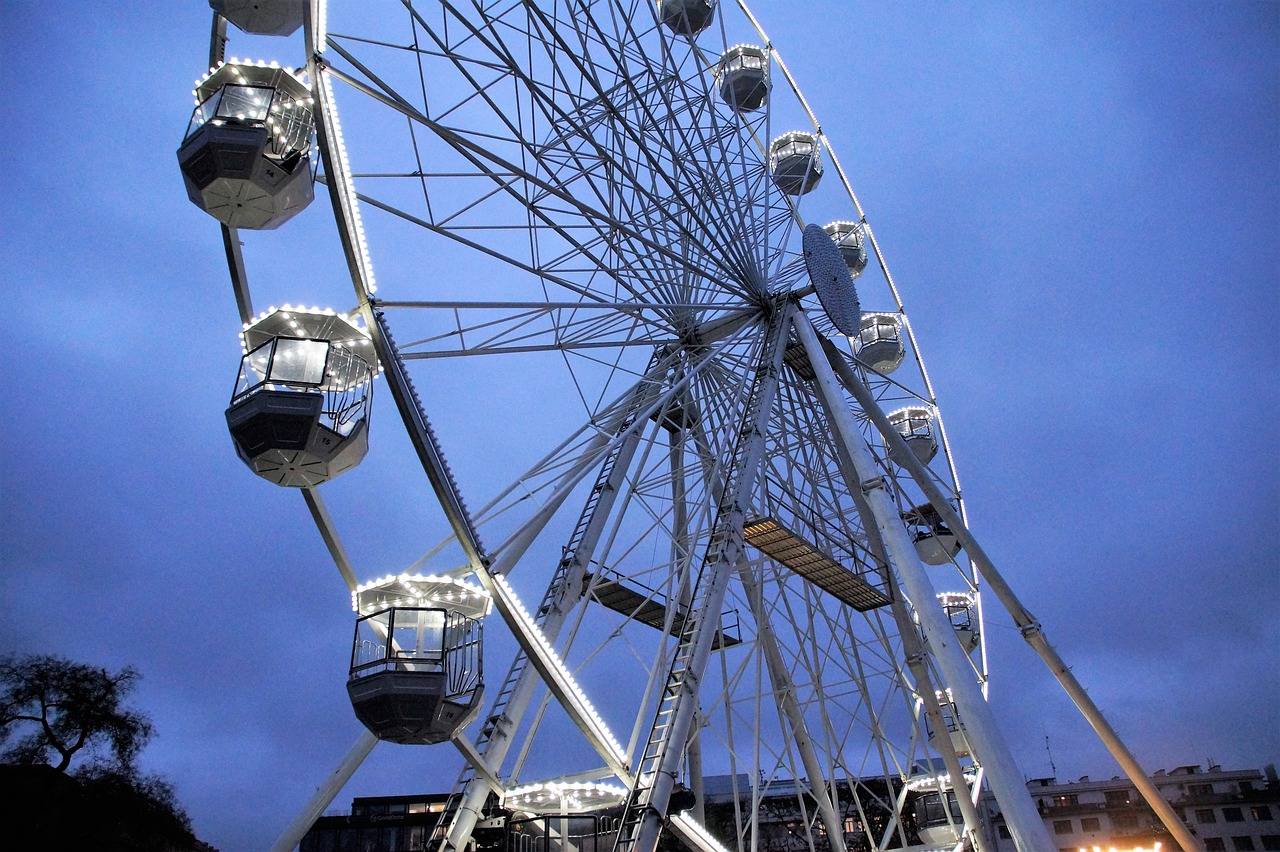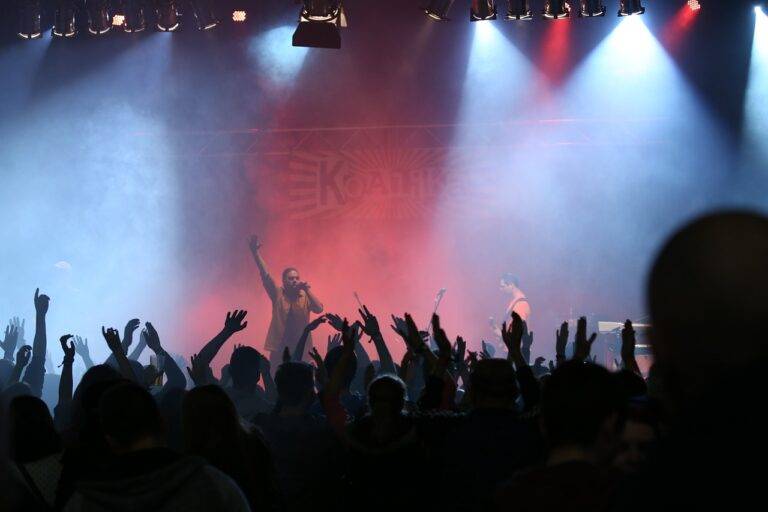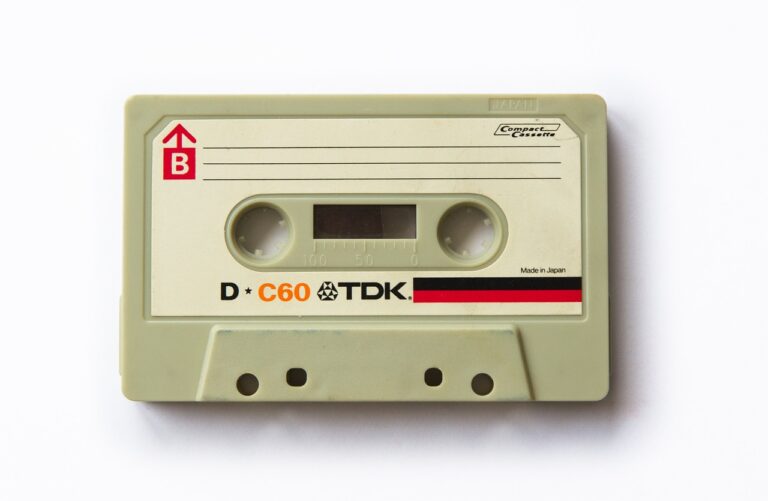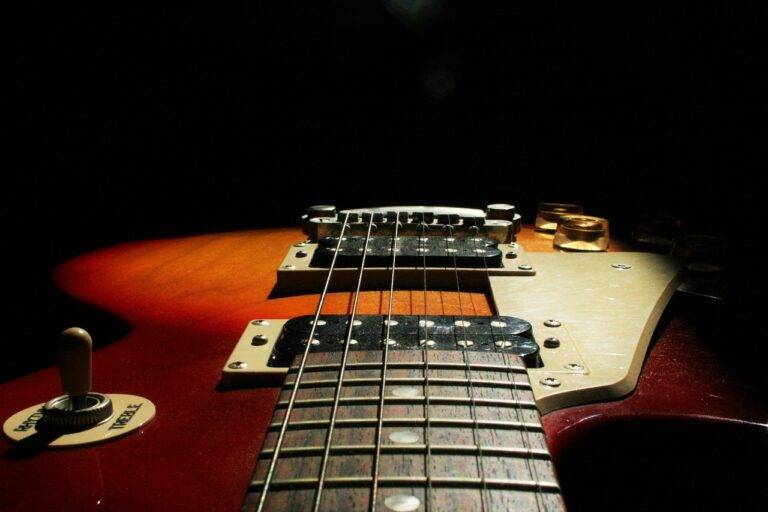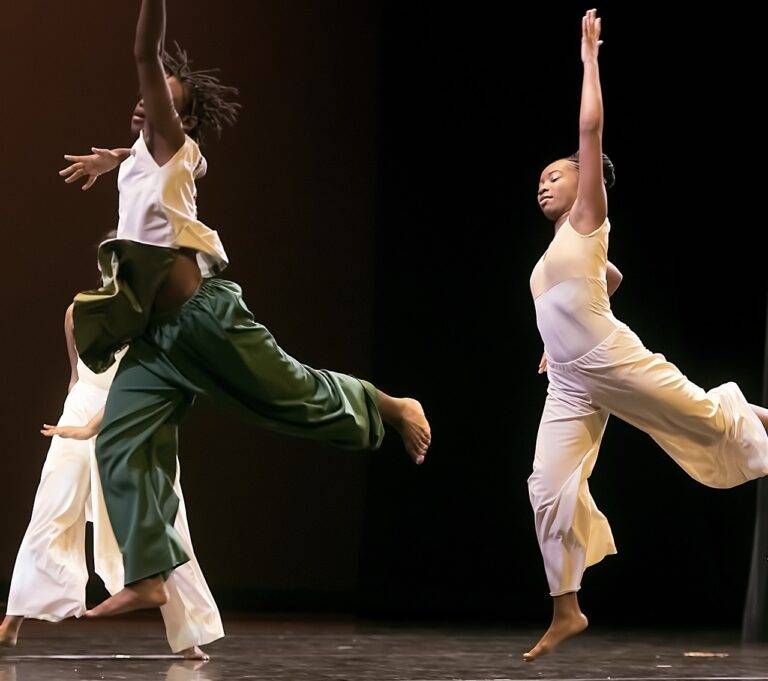Exploring the Intersection of Fashion and Film
Costume design plays a pivotal role in bringing characters to life on the big screen. The clothing worn by actors can provide insight into their personalities, social status, and the time period in which the story is set. From elaborate period costumes to modern, everyday attire, each outfit is carefully selected to enhance the audience’s understanding of a character and the narrative.
Moreover, costume design can also contribute to the overall visual appeal of a film. The colors, textures, and styles chosen by costume designers can create a sense of mood and atmosphere within a scene, complementing the director’s vision and adding depth to the storytelling. A well-executed costume design can transport viewers to different worlds and eras, immersing them in the film’s universe.
• Costume design provides insight into characters’ personalities, social status, and the time period
• Each outfit is carefully selected to enhance audience understanding of characters and narrative
• From elaborate period costumes to modern attire, costumes bring characters to life on screen
• Costume design contributes to the visual appeal of a film
• Colors, textures, and styles chosen by designers create mood and atmosphere in scenes
• Well-executed costume design can transport viewers to different worlds and eras
Iconic Fashion Moments in Cinema History
One of the most unforgettable fashion moments in cinema history is Audrey Hepburn’s little black dress in the film “Breakfast at Tiffany’s.” Designed by Hubert de Givenchy, the sleek and elegant dress perfectly captured Hepburn’s chic and sophisticated style, becoming an iconic fashion staple that remains timeless to this day. Hepburn’s character, Holly Golightly, epitomized elegance and glamour, setting a new standard for fashion in film.
Another iconic fashion moment in cinema is the red billowing dress worn by Marilyn Monroe in the film “The Seven Year Itch.” Designed by William Travilla, the white halter dress with a plunging neckline became synonymous with Monroe and solidified her status as a style icon. The scene where Monroe’s dress flutters up as she stands over a subway grate is one of the most memorable and visually striking moments in cinematic fashion history.
Collaborations Between Designers and Filmmakers
The relationship between designers and filmmakers is a crucial element in the creation of visually captivating cinema. When these two creative forces come together, magic can happen on screen. Designers have the important task of bringing the director’s vision to life through their costumes, ensuring that each character is not only well-dressed but also reflects their personality and the storyline.
Filmmakers rely on designers to help establish the time period, setting, and mood of the film through the costumes. A successful collaboration between the two parties can elevate the overall aesthetic of the movie and make the characters truly come alive. Together, designers and filmmakers work to weave together a visual tapestry that enhances the storytelling experience and captivates audiences around the world.
Why is costume design important in film?
Costume design is important in film as it helps to visually communicate a character’s personality, background, and emotions to the audience. It can also set the tone and time period of the film.
Can you give examples of iconic fashion moments in cinema history?
Some iconic fashion moments in cinema history include Audrey Hepburn’s little black dress in “Breakfast at Tiffany’s,” Marilyn Monroe’s white dress in “The Seven Year Itch,” and the red shoes in “The Wizard of Oz.”
How do collaborations between designers and filmmakers enhance a film?
Collaborations between designers and filmmakers can enhance a film by bringing a unique perspective and style to the costumes, helping to create a more immersive and visually appealing world for the audience. It can also help to elevate the storytelling and character development in the film.

